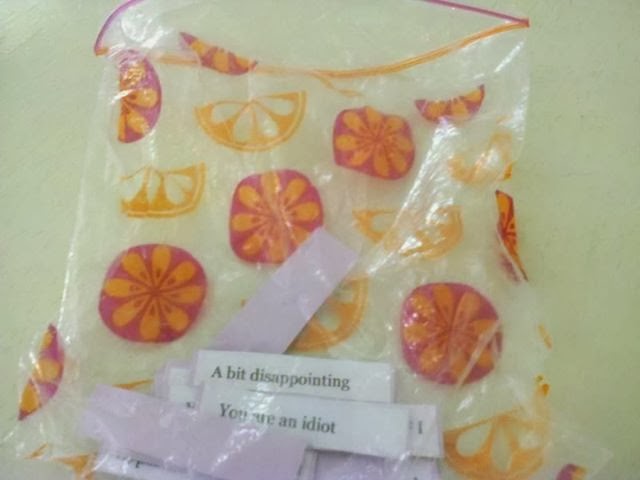Do you want to have some fun with your teenage students? Here you are my lesson plan!
Students: PRE-TEENS/ TEENS
Level: A2/B1
Time: 60 MINUTES
1. Stick this picture with a magnet on the whiteboard and write A MYSTERIOUS BRITISH TV CHARACTER. (5 mins)
2. Now give your students some hints. (You can decide to show them one by one or all together).
3) My students guessed it immediately. If your students have troubles to understand who the mysterious character is let them use the internet. When they have the right name, show them this picture.
4) Now students can start a short brainstorming session about Doctor Who (3-5mins). (This was my whiteboard afer about 30 seconds). This short activity is helpful to elicit useful vocabulary for the next session.
5) JIGSAW READING --> SPEAKING (15 mins)
Students have to read two different texts in pairs:
After reading their short paragraph they have to answer 3 questions which are about the text their partner have.
(Get feedback to be sure everyone has the correct answers.)
6) LISTENING (10 mins)
6a) SILENT WATCHING
Tell your students you are going to watching the trailer of "The Day Of The Doctor". First time they watch the video, the volume will be off. Ask your students to name as many things as possible.
6b) LISTENING FOR DETAILS
Students will watch the video 2-3 times to answer the following questions:
1. How long has The Doctor been travelling?
2. What did he fight for?
3. What does our future depend on?
7) WRITING (20 mins)
Show your student this comic strip and tell them to write a dialogue using speech bubbles in pairs.
(My students used post-it notes.) Do you want to have more fun? Hold a competition. Tell them the best story will win a prize. Get some candies ready ;-)

.png)

.jpg)

.jpg)











